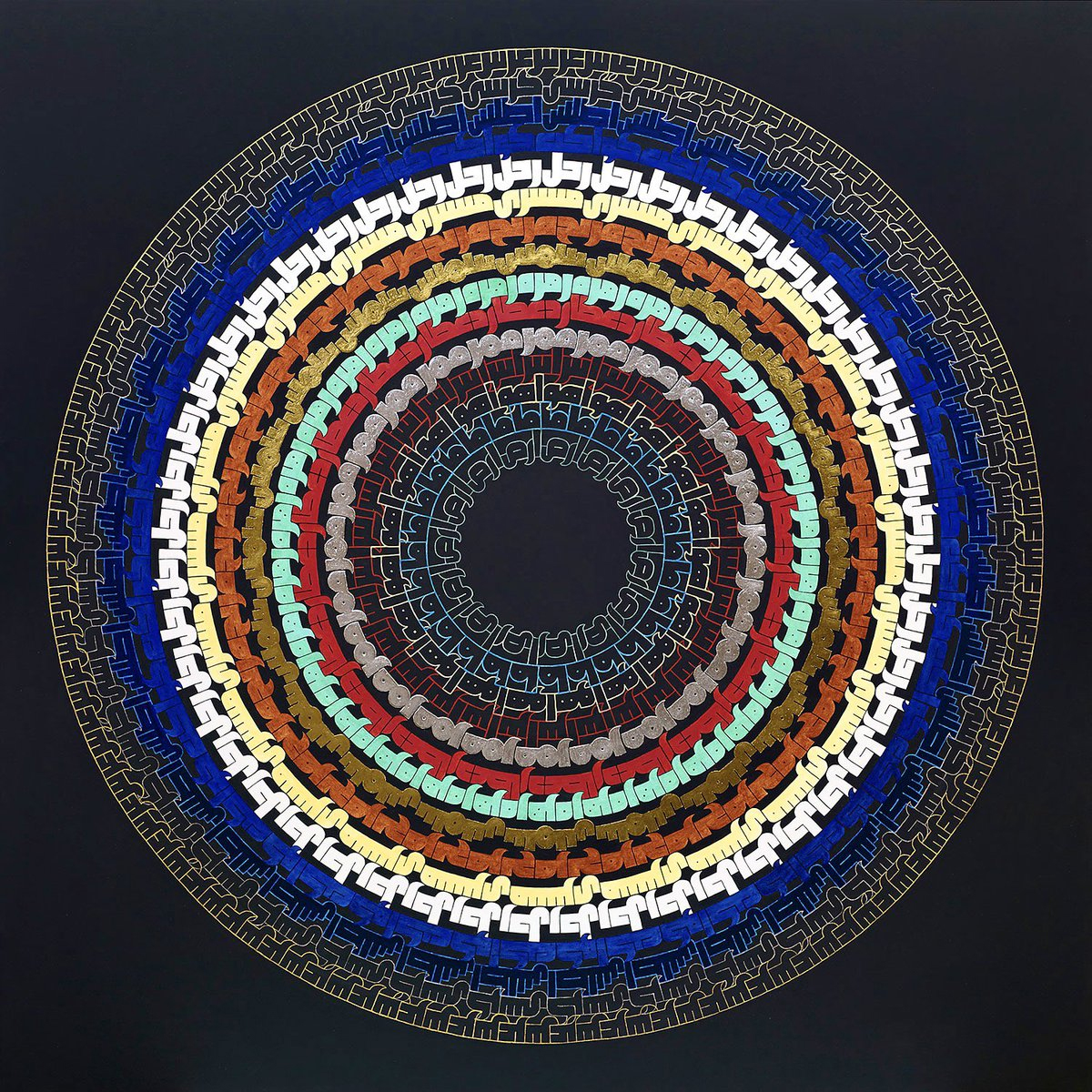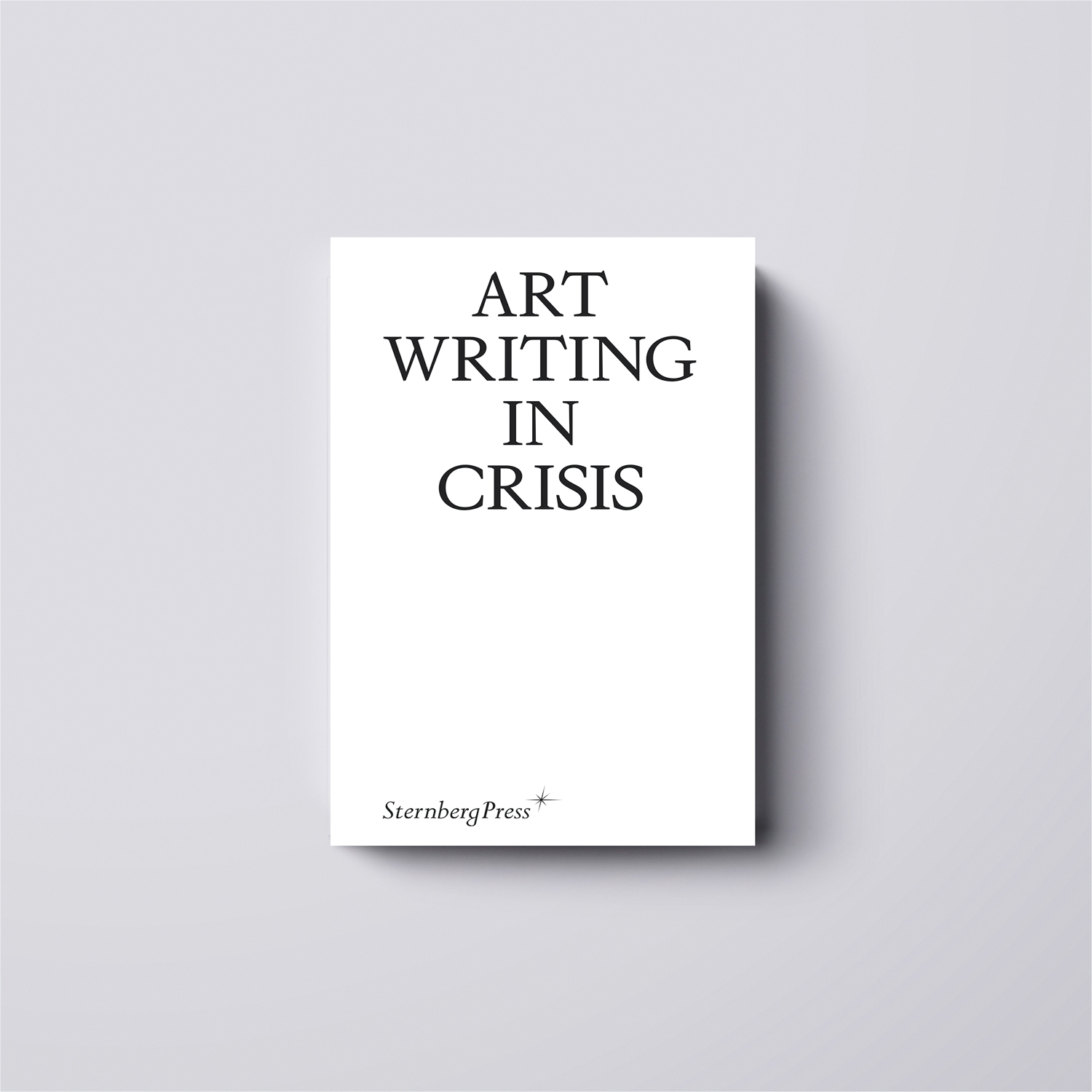
Photo: courtesy of the artist
November 28-29, 2022
The first-ever international Islamic Art and Culture Digital Festival hosted by Bayt Al Fann was necessarily fast-paced, its timeframe brief, its effects lasting. Bayt Al Fann (Arabic for “Art House”) is a digital platform that aims to be a global hub where the art community can collaborate, exchange insights, and co-create the future of art inspired by Islamic tradition. I discovered the project through Bayt Al Fann’s almost scandalously beautiful Twitter threads on attributes of Islamic heritage. On particularly bleak days, I live for those threads full of images resplendent with colour and light showcasing Islamic gardens in Morocco or mosque ceilings in Uzbekistan. The Bayt Al Fann website resembles an online magazine, featuring stories on Islamic heritage and interviews with artists, poets, historians, artisans, curators, translators, and scholars, along with visuals of artwork, architecture, and manuscripts; the festival served as an energetic nexus for the same model, as over fifty contributors offered their respective opinions on what the future holds for Islamic art and culture.
A salient concern that emerged across the festival’s twelve panels (which seems a term too formal for the intimacy and conviviality of the event), keynotes, and performances was how to balance tradition with innovation. A subtext was preservation of Islamic art and culture(s) in the face of an increasingly globalized world, which runs at a pace prone to aestheticizing complexities into superficial and commodifiable proxies of authenticity. The festival was a collective challenge to this trend of simplification and othering; the strategies, desires, and observations offered by participants were laced with a mix of frustration, enthusiasm, and cautious optimism.
Create your free profile or log in now to read the full text!
My Account


